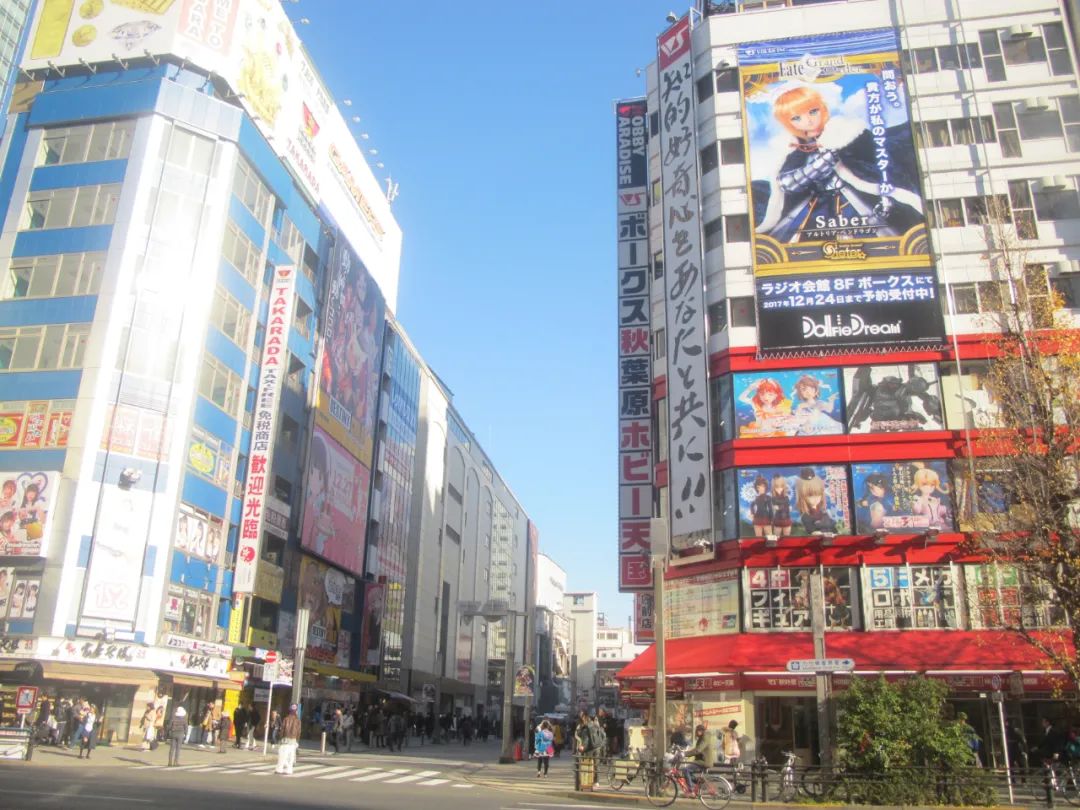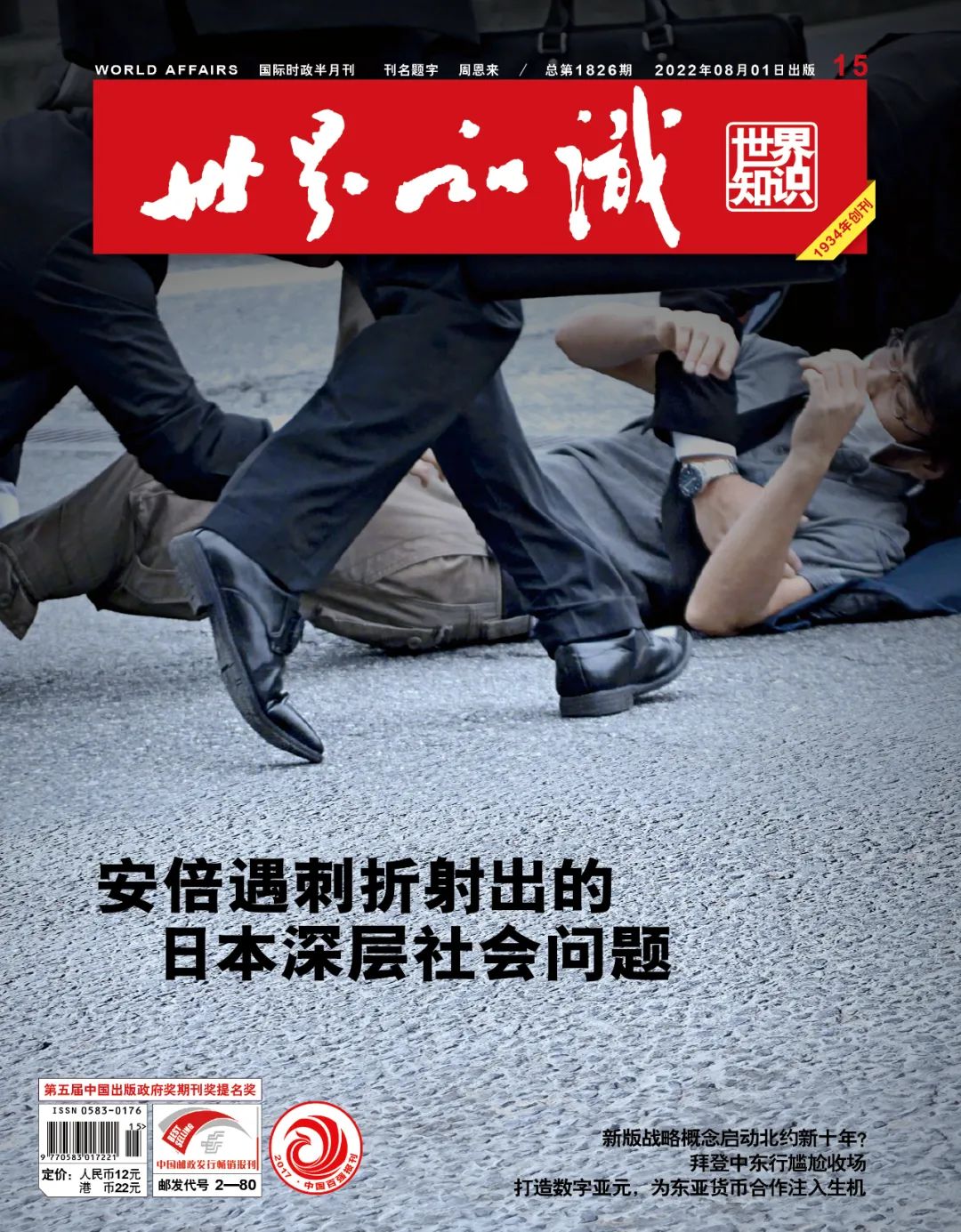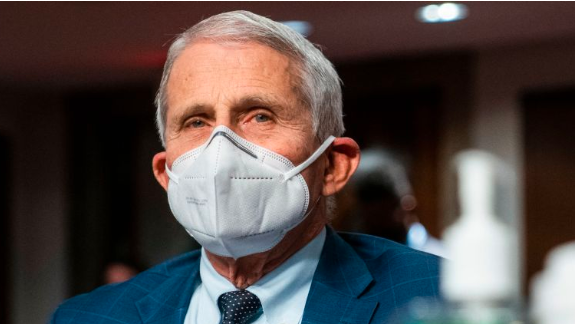Wu Xie Ming: Japan's explosive embodiment of the "risk society"
Author:Knowledge Society Time:2022.08.08
Shen Yan's hidden worries under the corner of the iceberg
——The deep social issues of Abe's assassination
Abe's assassination is a small probability event, but under the tip of the iceberg, it is the reality of Shen Yan's hidden concerns of Japanese society and the long -term intensified contradictions.
Former Japanese Prime Minister Abe's assassination incident on July 8, 2022 was like a political bomb, which caused a considerable impact on Japanese socio -economic, political party politics, and internal affairs and diplomacy. Abe's assassination is a small probability event, but under the tip of the iceberg, it is the reality of Shen Yan's hidden concerns of Japanese society and the long -term intensified contradictions. It strongly reflects a series of profound social issues in the process of accelerating the "risk society" acceleration after Japan's "peaceful society".

On the morning of July 8, 2022, Yamashita also stabbed former Japanese Prime Minister Shinzo Abe and was arrested by the on -site security personnel.
"Social Society" is no longer, and "risk society" intensifies
In the 1960s and 1970s, Japan entered a period of economic growth at a high -speed growth of post -war reconstruction and political democratization reform. Instead of the accompanying Japanese politics, it has also been stable for a long time, and the social welfare guarantee system is increasingly perfect. Under the effect of multiple positive factors, Japan has gradually established an ultra -stable social structure, thus entering the "peaceful society" stage.
The so -called "peaceful society" is mainly manifested in the stability of law and order, mature welfare guarantee system, rich and happy nationals, and society is full of competition and vitality, but it does not lose fairness and justice. The formation of "peaceful society" depends on the high recognition of individuals and groups in society in the existing society, consciously and voluntarily abide by or even defend the current social norms and social values.
However, with the collapse of the bubble economy in the 1990s, Japan has fallen into a long -term economic downturn. Its main manifestations are: the aging aging aging exacerbation leads to unstable changes in the family structure and form, causing problems such as population crisis, "loneliness", and poverty of the elderly; , Leading to changes in economic and social alienation, social security is facing severe challenges; the middle class that makes the whole Japan proud of Japan is experiencing "inferiority", and the "medium current consciousness" is in a state of sparseness. A series of crises such as the new crown epidemic have a huge impact on the psychological and spiritual of the people. The above -mentioned structural contradictions and risk factors are increasingly consumed the stability foundation of Japanese society, and significantly accelerate its process of moving towards the "risk society".
Various symptoms that appear in Japanese society confirmed the conclusion of the "risk society" theory and German sociologist Ulrich Beck: Compared with traditional society, the risks of modern society are more of economic abnormal growth and technology. One -sided development, malformations of social structure, excessive gap between the rich and the poor, the imperfect institutional mechanism, and the damage of the environmental ecology.
The emergence of Japan's "risk society" originated from the changes and absence of the social structure of the society, which leads to the changes in social forms. Its symptoms on the surface of society can be explained from the structural contradictions within the society. The seriousness and deepening of social accumulation reaching a certain degree will significantly affect social stability, lead to evil and order, and the national emotions are depressed and preferred, and then some social individuals or groups no longer agree with the current social norms and social values. The possibility of extreme anti -social behavior such as violence and terrorism increases.

Akihabara in Chiyoda -ku, Tokyo is an electrical street synchronized with the cutting -edge industry of the times, and is regarded as a reflection of Japan's advanced and rich life. On June 8, 2008, the random killing incident of 7 deaths and 10 injuries occurred here, which opened the prelude to the frequent occurrence of vicious cases in Japan in recent years.
Classes are falling, and the middle class "downflow"
Japan's super -stable society and the new middle -class deep associated with white -collar workers and workers who have formed in a high -speed growth period. As the "100 million total mid -flow", the middle class, as a social stabilizer, supports the orderly operation of Japanese politics, economic and related systems. At the level of social consciousness, the middle class has a strong recognition of itself, and the typical middle -class consciousness such as happiness, sense of peace of mind, and superiority caused by it has also penetrated into the national consciousness, forming respect for social ethics, and the political parties and the government. Trust, high confidence in Japanese economic policies, political systems, social development directions and cultural value.
High employment, low unemployment and high savings have always been a typical symbol of the medium -flow society. However, the long -term downturn in the economy and the impact of natural disasters such as financial storms have caused a large number of Japanese companies to fail and lay off, which led to a serious shrinkage of middle -class income and began to slide downwards. The so -called "downstream" does not refer to the bottom of society, but refers to the downstream status in the middle class. The emergence of the lower class is derived from the differentiation of the class, but the root cause lies in the structural change of the socio -economic environment. With the influx of the middle class, the first change is the reduction of income and the extension of the gap between the rich and the poor. According to statistics from the Ministry of Health, Labor and Ministry of Welfare, the Gini coefficient in Japan in 2005 (between 0 and 1, the closer to 0 indicates that the income distribution is equal) to 0.5263 (that is, more than 0.5 "safety line"). Wandering between 0.55 and 0.57, and after the social security system is allocated, the 2017 Gini coefficient still reached 0.322, which is a large state of the rich and poor in major developed countries.
Corresponding to this, the results of the 2021 "National Life Public Opinion Survey" implemented by the Japanese Cabinet House also showed that 59.7 % of those who were "dissatisfied" and "slightly dissatisfied" of the current income, compared with the 2019 survey (45.6 % of the 2019 (45.6 % ) It increased by 14 percentage points. The decline in national happiness is also the most intuitive representation of the middle class. Some research institutions conducted online questionnaire surveys from the 16-99 -year -old citizens in Japan, showing that 87.5%of the survey targets are full of restless Japanese society after 10 years, and believe that future life will be more unhappy than the present; about the world after 25 years, the world will be more unhappy. The happiness of the people, 34.9%of people think that it is no happier than it is now. 12.1%of people think that it will be very unhappy, that is, about 50%of the people are pessimistic about the future. An economic fair society accounts for 29.2%, which is obviously related to the uneven distribution of national income caused by the downturn in Japan and the pressure of employment.
Under the middle class, the inferiorization has also led to changes in the awareness of social classes, and the social regulation function is reduced. In the book "The Lower Society" of the famous social observer Miura Exhibition, from 1996, the number of Japanese citizens' evaluation of their own living standards decreased, and the number of people in "middle and lower and lower" increased. The difference between the Japanese society is gradually expanding, the awareness of middle class has weakened, and self -recognition has decreased. The process is intensifying, and the younger generation has continued to join the inferior society. Not only did they have low income, but they also declined in comprehensively in terms of communication ability, living ability, enthusiasm for work, willingness to learn, and consumer desire, and lowly enthusiasm for life. The point of view of the Miura Exhibition explains why Japan forms "missing society" and "low desire society" from one side. The greatest harm of the collapse of middle -class consciousness and decline in self -recognition is that it leads to the disorder of social ethics and value specifications. Japan, which lacks middle -class support, has become increasingly unstable in the differentiation of mainstream social consciousness and chaos.
Ethics and morality, social security is worrying

Abe was shot to a certain extent to a certain extent the ethics of Japanese society's ethics and morality. Ethics and morality are the causes of social instability and one of the important features of "risk society". It usually shows the deterioration of suicide rates, higher crime rates, and frequent malignant cases.
Japan is a country with a high suicide rate. This is not related to the introverted personality of the Japanese and the sin formed by the culture of shame, but the most direct factors are from the pressure of life and work. Since Japan has fallen into a long -term economic downturn, especially since the outbreak of the new crown epidemic, Japan's suicide rate has grown, especially women's suicide rates have increased significantly. The Japanese government's "White Book of Suicide Countermeasures 2020" shows that in 2020, there were 21081 in Japan committed suicide, 14,055 men, and 7026 women. obvious.
The reason for the analysis of the Ministry of Life and the Ministry of Labor and Ministry of Health believes that the significant increase in the number of women's suicide is largely related to the worsening of the new crown pneumonia that causes the labor environment and more and more women cannot become formal employees. It is also worth noting that in addition to adults, Japanese youth suicide rates are also very high. In 2020, a total of 499 people have been accumulated in 2020. It is the largest year since 1978.
There is a serious issue as the problem of suicide. Compared with other major Western countries, Japan's public security conditions have been better and the crime rate is low. However, the degree of social order cannot be measured by the incidence of murder. Although malignant cases such as gun killing politicians are rare, its symbolic significance and social negative impact are huge. In addition, the horizontal comparison of the country cannot fully reflect the real situation of Japan's law and order. From the overall development of the crime rate of the country, there are many crimes in Japan. For example, in 2002, a total of 2.854 million criminal cases occurred in Japan in 2002. The highest peak of the number of crimes after the war. After 2019, Japan's crime rate has declined significantly. Implementation of epidemic prevention and control measures is one of its important reasons, not because of the sudden improvement of public security. However, home prevention and control also led to surge in cases such as cyber fraud, domestic violence and child abuse. On the whole, Japan's public security situation is still worrying.
The investigation report on public security status also confirmed this. A survey of the Japanese Cabinet Mansion in 2022 shows that although most people recognize the current public security status, 54.5%of people think that the public security conditions in Japan have deteriorated in 10 years, and this group of people have experienced the stability of Japanese society's public security stability. Elderly men. Compared with the data of the Cabinet House over the years, it is believed that the proportion of public security conditions in Japanese society has always been high, and it has reached more than 80%for many years.
In recent years, malignant cases have frequently caused quite shocks to the society. For example, the "Akihabara" incident in 2008, the 2018 "Toyo -Tao Shinkan Random Murder" incident, 2019 "Kyoto Animation Arson Case", and former agricultural forestry Xiong Zezhao, the second officer of the provincial affairs, killed his long -standing son. These iconic cases have caused extremely bad influence and seriously impacted the ethical and moral bottom line of Japanese society. The shot Abe incident was like these cases because of their hate and dissatisfaction with their own hate and dissatisfaction.
It is worth mentioning that the Kansai area where the shooting of the shooting incident was also a region with a higher crime rate. The deep cause of the crime rate in the Kansai region is the poor social security caused by the regional economic recession and the increase in unemployment rates. The mountain on Abe also dropped out of school because of family poverty. Before the crime was implemented, it was an unemployed tourist. The guns and ammunition searched in his residence reflected his extreme criminal psychology and deep resentment for society. In fact, not only in the Kansai region, the motivation of similar crimes in the above cases reflects the profound social contradictions caused by the high unemployment rate and poverty under the downturn of Japan. After decades of development after the war, the respect of the rights of dignity, life, and property of the people, and respect for democracy and the rule of law have long become the basic social norms and value creeds of Japan. The shooting incident is a serious trample on democratic legal system and condemned the Japan and the international community. However, as the American engineer H.W. Hainrichs proposed "The Law of Heinrich", there must be 29 mild accidents and 300 potential hidden dangers behind any major accident. The profound social issues behind the Abe's assassination incident are deeply alert, and what is even more worrying is that this incident is likely to exacerbate the anxiety and insecurity of the Japanese people, stimulate populism, and promote Japanese right wing and conservative forces. Expansion. Under the influence of the conservativeization of right leans and the superposition of the "risk society", Japan's future development path may be full of uncertainty.
Wu Xuan is an associate researcher at the Japanese Institute of Japan in the Chinese Academy of Social Sciences.
This article is published in "World Knowledge", No. 15, 2022
Editor in charge: Yinyin
- END -
Fuki: It's worse than the first time

After taking Pfizer's oral medication, the new crown Fuyang: The symptoms are wors...
Zhao Lijian: The American systematic and universal racial discrimination is intensified
As for the recent 60 shots of a African -American young man in the United States, a policeman was killed by the police. A spokesman for the Ministry of Foreign Affairs Zhao Lijian said on July 5 that